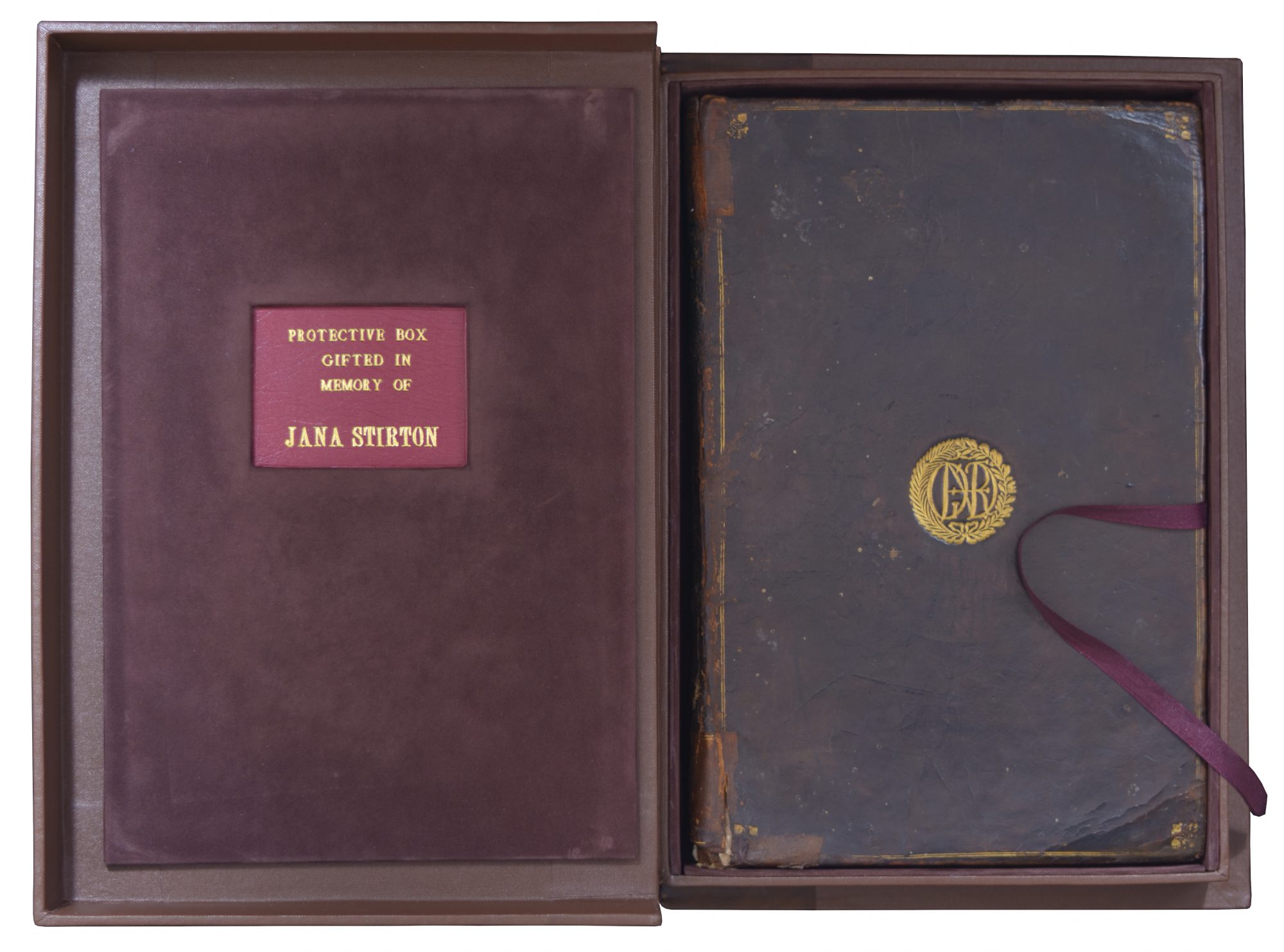Library
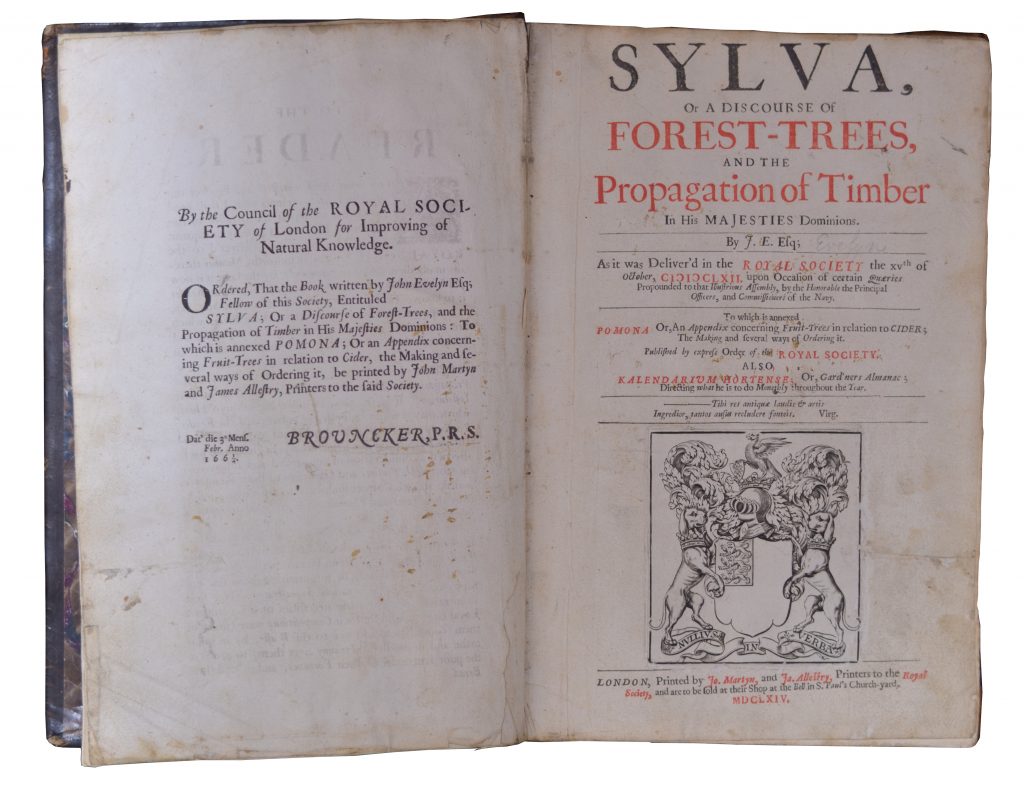
Natural History Collection
The libraries of the Rev. Leonard Jenyns [later Blomefield] (1800-1893) and Christopher Edmund Broome (1812-1886) amount to almost half of our library, the former covering most aspects of science and natural history, the latter botanical, especially the lower plants, fungi and algae.
There are over 3000 volumes in the library, including a number of 17th and 18th century English works by John Gerard, John Evelyn, Thomas Martyn, John Ray, Martin Lister and Erasmus Darwin, and important works by European authors such as Agassiz, Bonnet, Cuvier, De Candolle, Elias Fries, Lamarck, and the obligatory Linnaeus.
General Collection
A varied collection has been acquired by the Institution from donations over the years, including a large number of scientific works and periodicals that complement the libraries of Jenyns and Broome, such as journals of the Royal Irish Academy, the Geological Society of London, the Statistical Society and the Bath & West of England Agricultural Society.
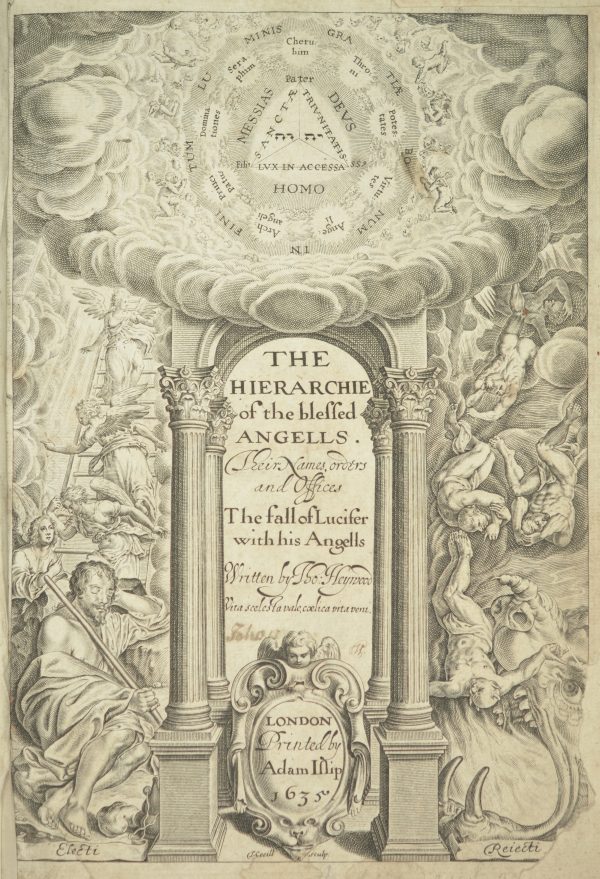
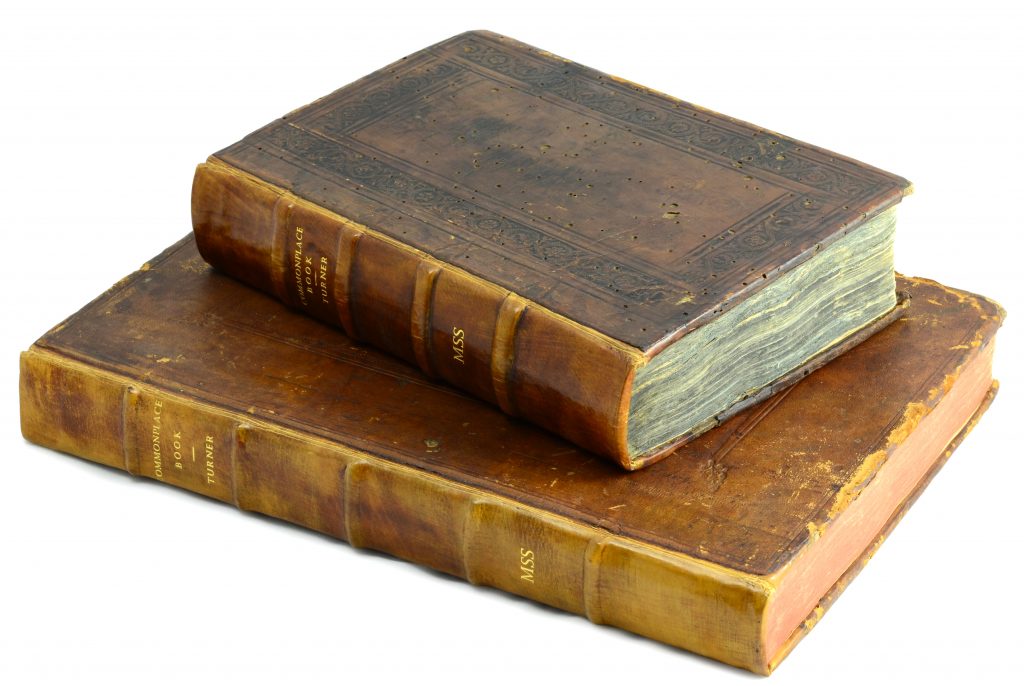
Theology and Church history are well represented and English translations of the scriptures include Coverdale, Barker, Geddes, and the ‘Bath Bible’ of Bishop Wilson (King James version compared to other translations). Relevant to Oriental Studies are Friedrich Max Müller’s English translations of The Sacred Books of the East, and Persian books presented by Major Charles Stewart, Professor of Oriental Literature at the East India Company’s college.
Among reference works are Diderot’s Encyclopaedia (1751-1780), Samuel Johnson’s dictionary, Greek, Latin, Anglo-Saxon and foreign language dictionaries, and Le Monde Primitif (1773-1782), which examines the origins of many languages and scripts. European history is well represented and the collection includes a number of historic world atlases and English county atlases. Magazine runs, topographical works, biographies and runs of obituaries provide an insight into 19th century society. ca. 2300 volumes.
Local Collection
Around 700 volumes relating to the history of Bath and the surrounding counties, including the libraries of Bath Natural History and Antiquarian Field Club, and the Bath and District group of the Somerset Archaeological and Natural History Society. These were organisations based at the Institution and their libraries were predominantly working reference libraries with much information on local history and antiquities.
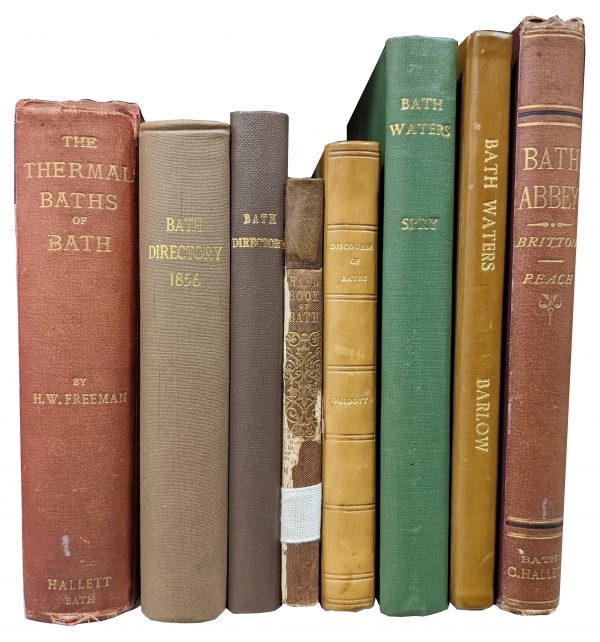
Parliamentary Collection
Includes runs of the House of Commons and House of Lords Journals, published Public Records such as the Domesday Book, Rotuli Hundredorum, Valor Ecclesiasticus, and other ancient documents, reports of the Poor Law and Health of Towns Commissioners, Woodfall’s and Hansard’s ‘Parliamentary Debates’, William Cobbett’s ‘State Trials’ etc. ca. 370 volumes.
Adopt-a-Book Scheme
BRLSI runs a scheme by which the repair and restoration of important works can be sponsored. Conservation is undertaken by local bookbinders and restoration work is documented in a special register. The scheme, administered by Dr Evelyn Lewis for the past two decades, acknowledges sponsors on a book-plate in the restored volume.
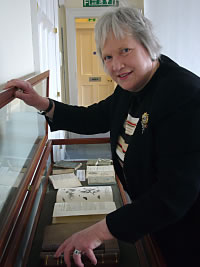
Archives
BRLSI Administrative Archives
The archives contain a series of minute books, letter books and correspondence relating to the development and administration of the Institution, as well as a run of published Annual Reports and other notices and ephemera.
BRLSI Collections Archives
Some of the original registers of donations, and associated correspondence survive as well as catalogues compiled by William Lonsdale, the first curator (1824-1829), C.W. Dymond (1890s), Mrs. G.I. Jennings (1920s). Details of disposals (mainly after the Great War, and in 1959/60), include correspondence and sometimes recipients. Ephemera include old display labels and exhibition panels, the latter mainly from Ron Pickford’s period as curator (1960s-1980s). The inventory prepared by Roger Vaughan (1989-1990) prior to responsibility for the collection being handed over to independent trustees, has been used as a reference when cataloguing afresh the Institution’s current collections.
Acquired Archives
Leonard Jenyns (1800-1893)
Annotated books: The Jenyns library includes a number of volumes annotated by himself, by his great uncle Leonard Chappelow, or by other earlier owners. Of local significance is his own interleaved copy of Charles Cardale Babington’s Flora Bathoniensis (1834) and its Supplement (1839), annotated with Jenyns’ own botanical observations.
Meteorological Observations, from his Cambridge days to his organising and monitoring of the Institution’s own weather station (set up in 1865).
Correspondence of ‘men of science’ with Jenyns, bound in four volumes by him. Transcripts of these and other letters have been made; correspondents include Charles Darwin, William Jackson Hooker and Joseph Dalton Hooker, John Stephens Henslow and many other influential men of the 19th century. The Jenyns Correspondence is registered with the National Register of Archives.
Research notes and drawings, by Jenyns, Henslow and others, mostly on zoological subjects.
Scrap books of meteorology and natural history, including one kept of reports of Bath Natural History and Antiquarian Field Club’s activities as reported in the local newspapers. Jenyns was founder and long time President of the Field Club.
Bath Field Club (1855-1911)
Founded by Leonard Jenyns (founder members including Christopher Broome, Charles Moore and Harry Mingden Scarth), the Bath Natural History and Antiquarian Field Club, met regularly at the Institution. Its library and archives were acquired on the club’s dissolution. They include catalogues of its library (1901,1935), minute book, a scrap book with notices and reports of meetings (1893-1910), correspondence and notices to members.
Christopher Edmund Broome (1812-1886)
Broome’s botanical library and related archive items were given to the Instutution by his family after his death. Archives include his library catalogue. Annotated volumes include: Sowerby’s British Fungi, many plates of which are annotated and have drawings of spores and other features not illustrated or mentioned in the text; books used to note species present in his herbarium and collection of fungi. Other items include lecture aids: botanical drawings on large sheets supplied with loops; ms. originals for papers addressed to the Bath Field Club, Bath Microscopical Society, Somersetshire Archaeological and Natural History Society, and others probably prepared for publication.
Charles Moore (1815-1881)
Catalogue of his geological collection (purchased by subscription after his death). Original ms. notes for papers, and watercolour strips depicting the order of strata at some of his collecting sites, these possibly used as lecture aids. Photographs of geological exposures visited by Moore, mostly taken by Henry Hoyte Winwood (1830-1920), his friend, biographer, and curator of his collection after his death.
Harry Mingden Scarth (d. 1890)
Scarth’s own interleaved copies of his paper On the Roman antiquities discovered in Bath (1853), and book Aquae Solis (1864), heavily annotated and with a large amount of loose material which he filed in these volumes at the appropriate point. These include detailed plans and drawings of excavations, sketches of finds, and correspondence with other antiquarians regarding Roman remains in the Bath area, also original ms. notes and news cuttings of papers read to various societies. These have all been transcribed for ease of access.
Francis Lockey (1796-1869)
Meteorological Journals (1834-1869) with phenological and other natural history observations in the early years, and notes on photographic subjects, materials and processes, from ca. 1849 onwards.
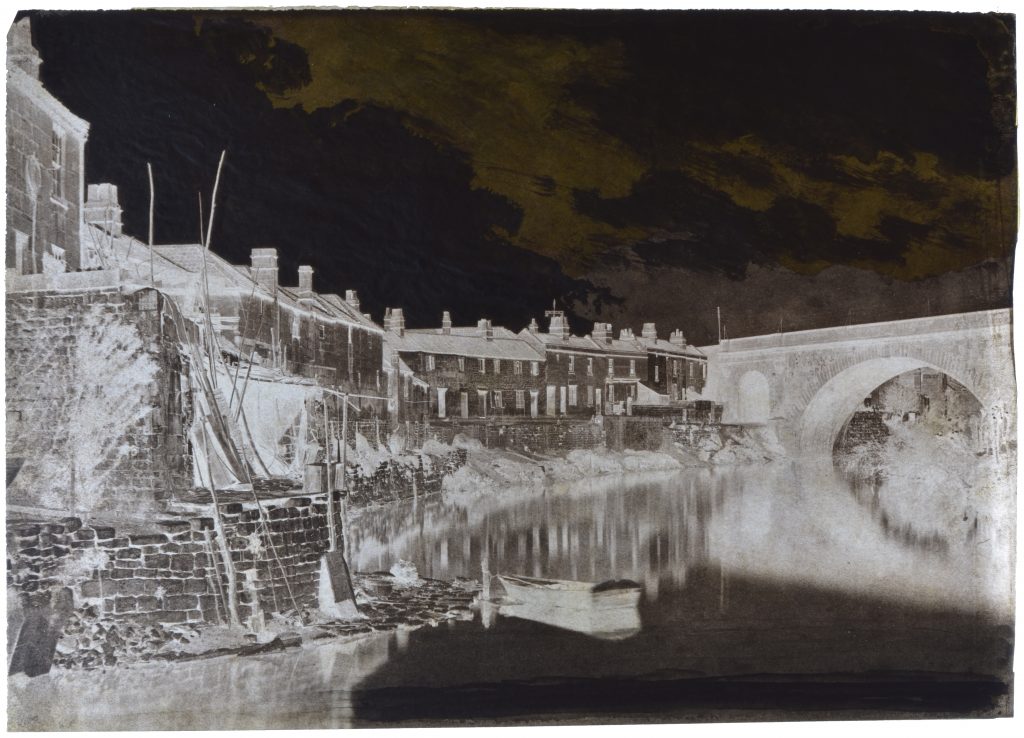
1850s calotype negative by Francis Lockey of a view up the River Avon from Dolemeads towards St. James’s Railway Bridge
Photographs, Drawings, and Prints
Lockey Collection
Includes 86 paper negatives by Francis Lockey, of locations in and around Bath (ca. 1853-1861), presented by the Bristol and West of England Amateur Photographic Association. They represent only his local work: other negatives were given to museums in Bristol and Cardiff.
Valuable information on paper, chemicals and techniques used is contained in his journals which we also hold. The Institution purchased from Michael Gray, a collection of traditional photographic prints developed from a selection of these negatives.
Vacher-Hilditch Collection
Albums and loose photographs belonging to these families were acquired together, and it has not always been possible to identify the original photographers or compilers. George Hilditch snr. was an artist turned photographer who had residences in London and Richmond, Surrey. His son, also George, married Emily, daughter of William Herbert Vacher, a merchant banker, who was also interested in photography.
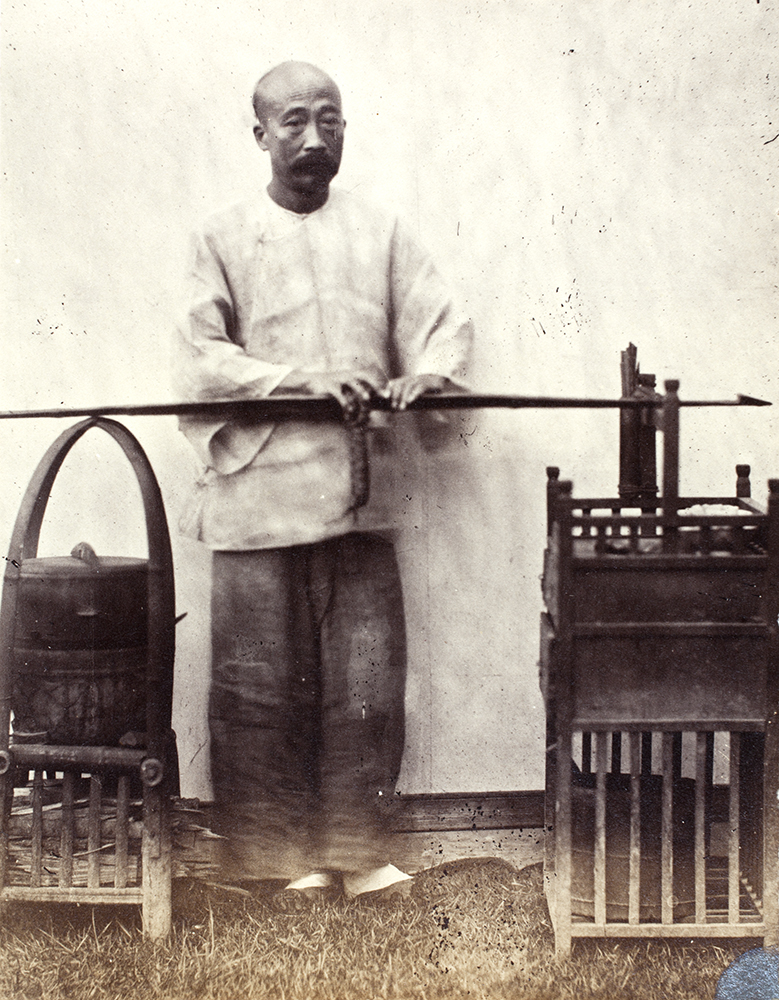
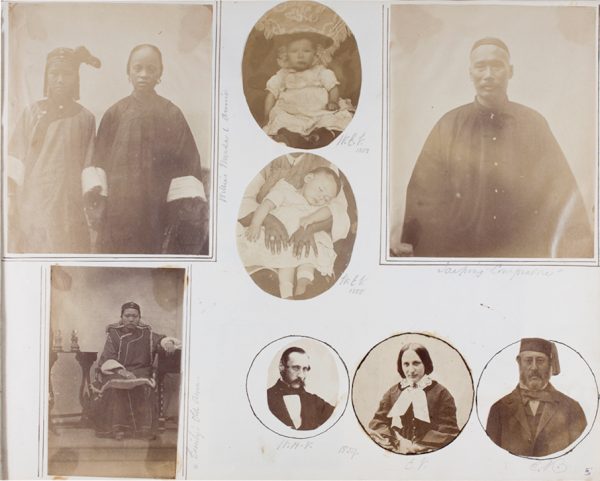
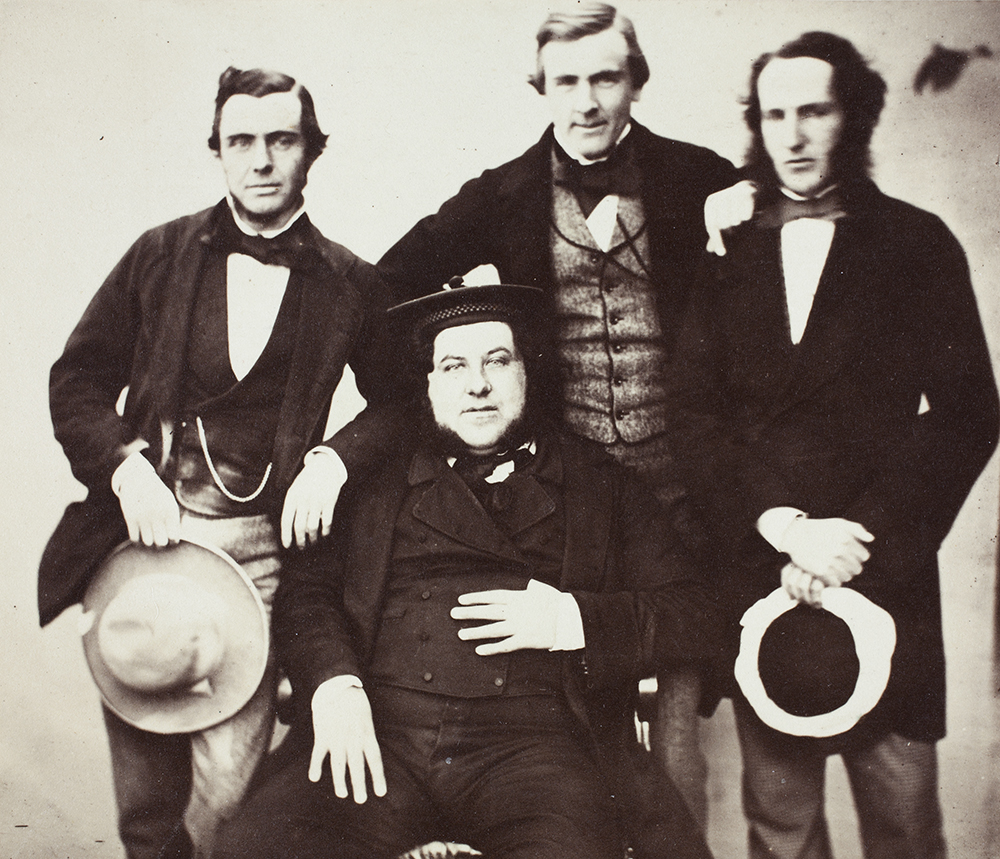
William Herbert Vacher (ca. 1826-1899)
Albums of photographic prints mostly from the late 1850s when Vacher was resident in Shanghai, with others taken after return to England in 1859. He became London Agent for HSBC in 1865, and first manager of their London office in 1867. Additionally there are a few photographs sent back by his son Walter ca. 1881 when stationed at Kokstad, South Africa, during the Basuto War. An album of views of Hong Kong and nearby ports, sold by Floyd & Co. of Hong Kong, has additional photographs taken by Walter and views of Malta and Mexico.
George Hilditch snr. (1803-1857)
George Hilditch is mainly known for his paintings: he and his brother, Richard, were regular exhibitors at the Royal Academy. In later life he often used his camera to capture scenes which he had previously painted.
George Hilditch jnr. (ca. 1841-1909) and Emily Hilditch (née Vacher)
Family albums and loose photographs, including some of Japan, acquired or taken while visiting Emily’s brother Harold, who worked at HSBC’s office in Kobe. George was a silk merchant for his family’s business. An album of photolithographs of New Orleans, sold by Thomas F. Gessner and annotated by Emily, suggests either a visit to purchase cotton, or to see Emily’s brother Ernest.
Vincent Sketches
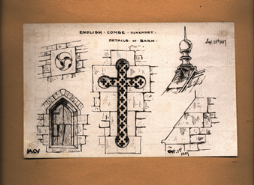
An album of pen-and-ink studies by ‘J.A.C.V.’ entitled ‘Sketches made during visits to Bath and Plymouth’. A decorative title page is followed by 39 sketches, predominantly of historic buildings in the Bath area. They are mostly dated and annotation indicates that pencil sketches were made in situ, then finished in ink at home. A few are unfinished and show the amount of detail included in the original sketches. The artist was John Amyatt Chaundy Vincent (d. 1905), who at the time of his death was a Record Agent based at Lincoln’s Inn fields.

